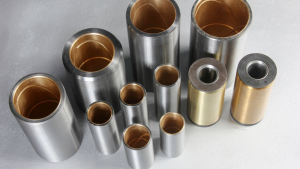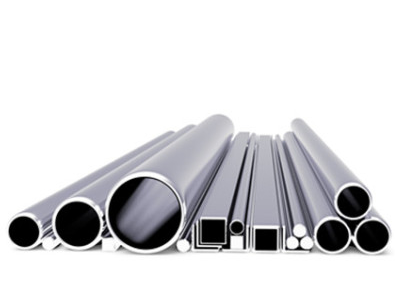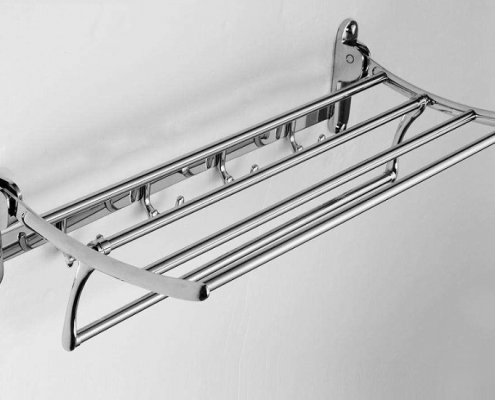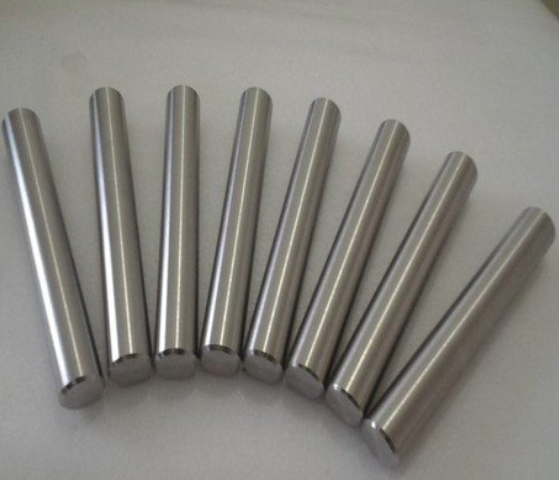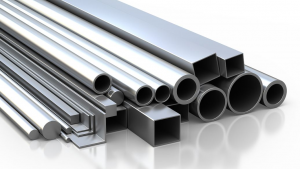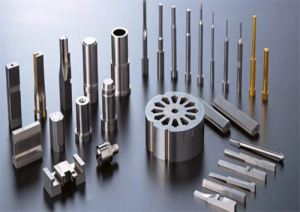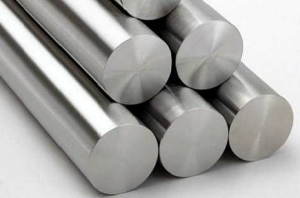Do you know the role of titanium in plants?
The research results show that titanium is a beneficial trace element, which can not only enhance the photosynthesis of plants, increase the chlorophyll content of leaves and the activity of catalase in plants, but also promote the absorption and operation of nitrogen, phosphorus and potassium by plants, thereby Play a role in increasing crop yield and improving fruit quality.
The role of titanium in plants
1. Increase the content of chlorophyll and carotenoids in the fresh weight of plant leaves by about 20%, increase the rate and effect of chlorophyll photosynthesis by 10-20%, and improve the ability of plants to produce nutrients through photosynthesis…
2. Improve the activity of nitrogenase, peroxidase, nitrate reductase and 2-6 phosphatase in plants.
3. It has a hormone-like effect, which is beneficial to the activation of DNA in the nucleus, and can mobilize endogenous hormones to transport to the growth center, promote differentiation and induce callus.

4. Increase the dry matter accumulation of plants.
5. Promote seed germination and crop root growth and development.
6. Increase the number of rhizobia on legume crops and improve the nitrogen fixation ability.
7. Promote the absorption and operation of nitrogen, phosphorus, potassium and other trace elements by plants, and improve the utilization rate of fertilizers.
8. Promote the early maturity of crops.
9. Improve the sugar content and vitamin C content of crops.
10. Improve the coloring degree and grade of fruit.
The effect of using titanium fertilizer
1. Greatly improve the intrinsic quality of crops and fruits. It is determined that the protein content of grain crops with titanium fertilizer is increased by 3-5%; the content of lysine is increased by 3-10%; the content of vitamin C in fruits is increased by 3-17%; the content of water-soluble sugar is increased by 4-15%; Organic minerals have been greatly improved.
2. Enhance the resistance of crops. Such as drought resistance, waterlogging resistance, cold resistance, high-temperature resistance, and disease resistance ability are greatly improved. We also found that: the plant is damaged by pesticides due to excessive or improper use, and it can be properly relieved by applying titanium fertilizer, so that it can recover quickly.
3. It can improve the absorption and utilization rate of fertilizers in the soil by plants. According to the current comprehensive scientific and technological level of agriculture in my country, the utilization rate of fertilization of agricultural crops in my country is only about 30%, while in countries with developed agriculture, the effective utilization rate of fertilization can reach more than 60%. After applying titanium fertilizer, the utilization rate of fertilizer in the soil by crops can be increased by 20%-30% on the original basis.
4. Significant increase in production. The test results of nearly 100 kinds of crops show that the growth rate of legume crops is more than 30%; the average yield increase rate of food crops is between 15-25%; the average yield increase of vegetables is 35-50%; In the case of fruits, due to the improvement of single fruit weight and coloring degree, and the increase of sugar content by 4-6 degrees, and the early maturity of 5-7 days, the grade of the product has been greatly improved, and the economic benefit is more significant.

